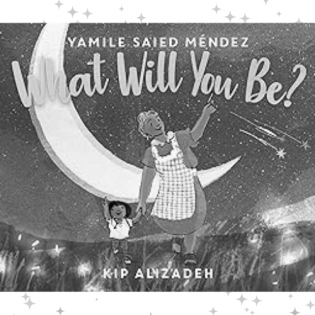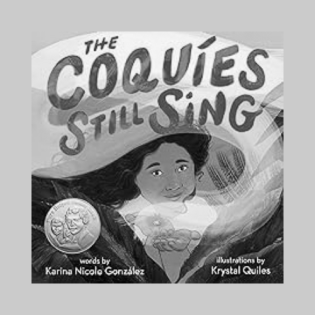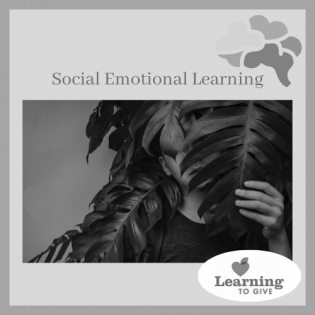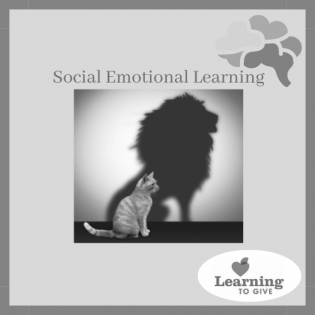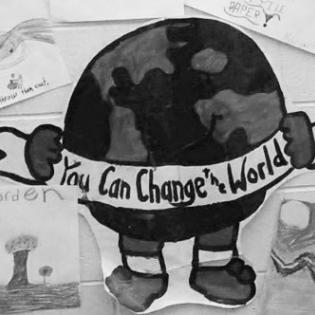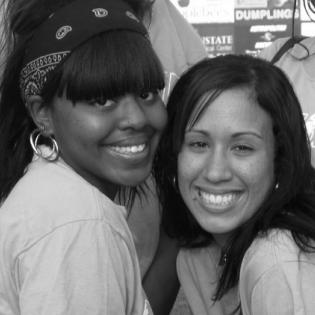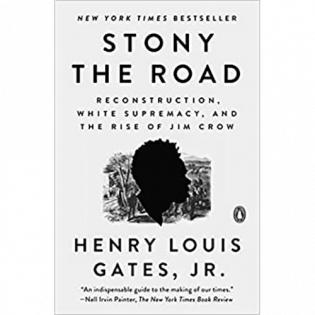Annabelle brings color to her bleak community even through many obstacles. Choose from activities and discussion questions to enjoy this creative and inspiring book together while exploring the philanthropic themes of personal power to act and perseverance. What do you have the power to do?
Filter by subjects:
Filter by grades:
Filter by audience:
Filter by issue area:
Filter by content type:
Filter by resource type:
resource search
This book explores the question "What Will You Be?" with generous, curious, and loving role models rather than those who hold specific jobs. The book and discussion help readers follow their inner voice and envision a bountiful and beautiful world.
This literature guide provides discussion questions and activities to learn about the impact of the Puerto Rican hurricane on families and the environment and how the community came together to rebuild.
Identity self-portraits create opportunities for self-understanding by encouraging youth to reflect on different facets of their identities. Participants illustrate their visible and invisible identity markers, reflect upon how these identities interact with how they perceive themselves and how they are perceived by others.
Courageous Conversations about social justice are an Everyday SEL practice. These prompts can be used to facilitate conversations that aim to build empathy and connection by inviting participants to speak and listen from the heart. Courageous Conversations take place after a stimulus, such as a video or image, is introduced. A stimulus is used to build background and stimulate thinking and discussion.
Video Clip and Discussion Guide: Altruism is a generous and loving trait, but it has a negative side. This video clip and discussion guide challenges students to consider how charity and altruism can be counter-productive or come from an imbalance of power.
Students explore the effects of hunger and its role in the lives of children.
This guide defines Adultism and suggests actions to explore adults stepping back from management, using language that gives youth ownership. The following tips and activities will build adults as allies who trust youth to lead.
The abolition of slavery in the aftermath of the Civil War is a familiar story, as is the civil rights revolution that transformed the nation after World War II.
Youth Activity: Participants are playful with the meaning of the word philanthropy and philanthropic acts. This activity follows discussions about the many forms of philanthropy.
See the handout for supplemental faith-based discussion questions.
“If every American donated five...

